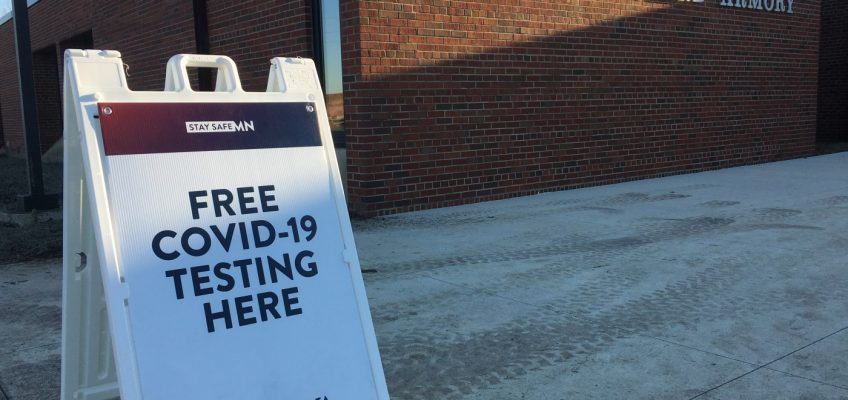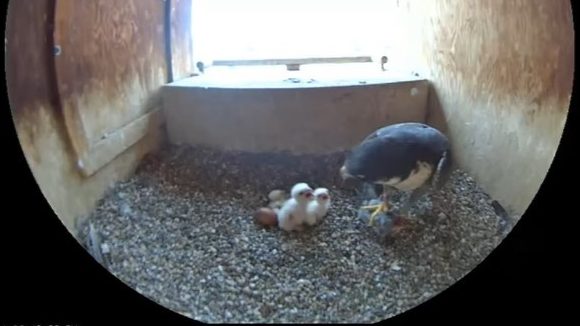Minnesota’s health department is laying off 170 employees whose positions were funded by pandemic-era federal grants to the state that were recently terminated by the administration of President Donald Trump.
In addition to those layoffs, around 300 employees are on notice that they are at risk for layoffs, the Minnesota Department of Health announced on Tuesday. And nearly 20 people who expected to start jobs in the last week no longer have offers.
The moves come after the federal government announced the end of more than $11 billion in COVID-19-related funding last week. MDH is losing more than $220 million in federal support.
Minnesota is one of 23 states suing the Trump administration over the federal COVID aid freeze.
Grant money helped the state respond to measles and avian flu and monitor wastewater to gauge levels of diseases like COVID-19, according to state officials.
Minnesota layoffs
State Health Commissioner Brooke Cunningham said the funding cutoff came with little warning.
“The sudden and unexpected action from the federal government left us with no choice but to proceed with layoffs immediately,” she said in a statement. “They left us in the lurch, with no advance notice, no close-out period, halting work that would have helped us address chronic gaps in the system and be better prepared for future threats.”
Minnesota layoffs come as the U.S. Department of Health and Human Services begins a push to reduce its workforce by more than 20,000 workers to about 62,000, according to the Associated Press. Many scientists, doctors and others with years of experience are expected to lose jobs.
MDH has more than 2,000 employees and is tasked with, among other things, monitoring the spread of infectious diseases in the state.
In the last two-year state budget, MDH had about $1.5 billion in a mix of state, federal and other funds. About 55% of that comes from the federal government, according to the agency.
Pandemic era funding
During the 2020-2021 biennium, its budget grew to about $2.7 billion due to an influx of temporary funding from the state and federal governments in response to COVID-19.
During the worst of the pandemic, MDH helped set up testing sites and provided regular updates on key information like new infections, hospitalizations and deaths.
HHS officials announced the end of state and local COVID funding last Tuesday.
“The COVID-19 pandemic is over, and HHS will no longer waste billions of taxpayer dollars responding to a non-existent pandemic that Americans moved on from years ago,” the federal health agency said in a statement to the Associated Press.
Much of the funding, which was set to end within the next six months, was used for testing, vaccination, and community health workers responding to the pandemic. the AP reported. It also supported a 2021 program aimed at addressing “health disparities among high-risk and underserved patients, including those in minority populations.”
“Abrupt terminations of grants and contracts is unprecedented and will impact our work and that of our partners,” MDH said in a statement on the cuts last week.
Federal grant cuts will affect several state programs, according to MDH, which expects that less staffing will mean slower response times to infectious disease outbreaks.
Community clinics, vaccination efforts, and the state public health laboratory will not offer the same level of service that they did before, the agency said. As a result, the state won’t be able to offer as much laboratory support for hospitals and health care systems.
There will also be significantly less support for nursing homes, including funding for ventilation system upgrades and staff training.
Related Articles
Minnesota Senate Democrats approve resolution condemning Trump’s pardons of Jan. 6 rioters
MyPillow CEO Mike Lindell says he’s considering a run for governor
With shortfalls on horizon, Minnesota budget targets feature big cuts
Richard Carlbom will lead Minnesota DFL, succeeding Ken Martin
Ellison endorses Flanagan ahead of Smith’s Senate retirement




